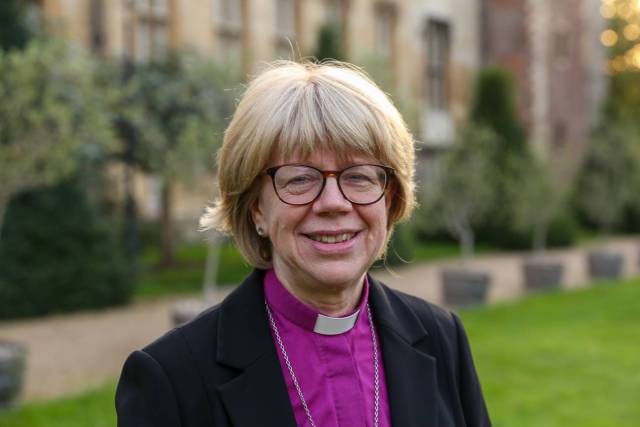Dame Sarah: A New Era as Archbishop of Canterbury

Introduction
The appointment of Dame Sarah as the Archbishop of Canterbury marks a significant moment in the Church of England’s history. As the first woman to hold this prestigious role, she embodies not only spiritual leadership but also a turning point for gender representation within the ecclesiastical hierarchy. This development is critical, reflecting broader societal movements toward inclusion and equality within major institutions.
Background and Significance
Dame Sarah, previously serving as the Bishop of London, has been a prominent figure within the Church of England, known for her advocacy on social justice, climate change, and the importance of community engagement. Her elevation to the position of Archbishop comes at a crucial time when the Church faces various challenges, including declining attendance and a need for revitalisation. Her leadership style emphasises collaboration and inclusivity, offering a refreshed approach to Anglicanism that resonates with many modern believers.
Current Events and Initiatives
Since her appointment earlier this month, Dame Sarah has initiated several key programmes aimed at community outreach and social reform. She has called for greater dialogue between different faiths and has launched initiatives to support mental health within local communities. Furthermore, she has promised to champion the Church’s environmental agenda, a commitment aligned with the global imperative to tackle climate change. In her first public address as Archbishop, she highlighted the importance of hope and resilience in times of crisis, drawing on her experiences as a leader during the pandemic.
Challenges Ahead
Despite the positive reception of her appointment, Dame Sarah faces considerable challenges. The Church of England is navigating a complex socio-political landscape, with issues such as secularism, declining congregations, and internal divisions concerning doctrine and governance. Stakeholders within the Church have high expectations of her leadership; how effectively she can foster unity and encourage engagement among a diverse membership will be vital for the Church’s future.
Conclusion
Dame Sarah’s role as Archbishop of Canterbury represents not just a personal achievement for her but also a significant moment for the Church of England. Her focus on inclusivity, social justice, and environmental sustainability aligns with current societal trends and offers hope for the revitalisation of the Church. As her initiatives unfold, the impact of her leadership will be keenly observed, and her ability to adapt to the evolving needs of both the Church and its communities will shape the narrative of the Anglican Communion moving forward.
